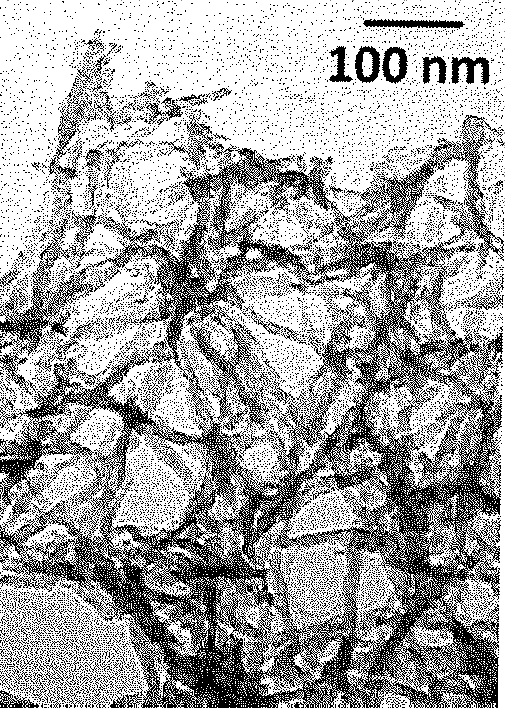Background
Cellulose nanocrystals (CNCs) have excellent mechanical properties, biodegradability and biocompatibility. The functionalization or coating of CNC with polymers or oligomers pursued by many methods involving reaction systems that are difficult to scale industrially. Carbon fiber that is lightweight and good in mechanical strength has become an attractive material for a wide variety of advanced applications. Most of the carbon fibers currently produced are through carbonization of the petroleum-based polyacrylonitrile (PAN) as the dominant precursor that are very costly and high in alkaline metal content. As such current alternative materials are based on petrochemical based feedstocks that rely on heavy use of environmentally unfriendly solvents and costly processes.
Description of the invention
This technology relates to a process for preparing coated cellulose nanocrystals (CNCs). These new CNC hybrid nanomaterials are useful for conjugation and electrostatic complexation with various functional moieties such as free metal ions, carboxylic acids, and epoxy and aldehyde derivatives. This technology also relates to a method to fabricate N-doped carbon nanomaterial from the coated CNCs. The production of stable nanotemplates using green solvents are challenging, and this technology offers an environmentally process to produce these useful nanomaterials. Waterloo researchers developed a green approach to produce coated cellulose nanomaterials in aqueous medium, and this process is readily scalable. As an example, CNC’s were coated with polydopamine (PD) and thereafter metallic silver (Ag) was reduced on the surface of the CNC-PD scaffold to produce a hybrid Ag-CNC-PD nanoparticle for use as an antibacterial coating material. The dispersion stability of this hybrid nanoparticle was significantly enhanced by the CNC, which in turn resulted in more than fourfold increase in antibacterial activity based on antibacterial studies using Escherichia coli and Bacillus subtilis.
Advantages
The main advantages are linked to higher stability and dispersion in aqueous matrices enabling more sustainable and scalable manufacturing methods, also the ability to functionalize the coated CNC’s to develop novel hybrid materials that could replace the conventional petrochemical derived competitive alternatives.
Potential applications
- Anti-bacterial coatings
- Catalyst applications
- Consumer and cosmetic application

Reference
10122
Inventor(s)
Dr. Michael Tam
Zengqian Shi
Xinyun Wu
Richard Berry
Patent Status
U.S. patent application 15/747,561 filed on July 28, 2015
Stage of development
Prototype
Contact
Scott Inwood
Director of Commercialization
Waterloo Commercialization Office
519-888-4567, ext. 33728
sinwood@uwaterloo.ca
uwaterloo.ca/research